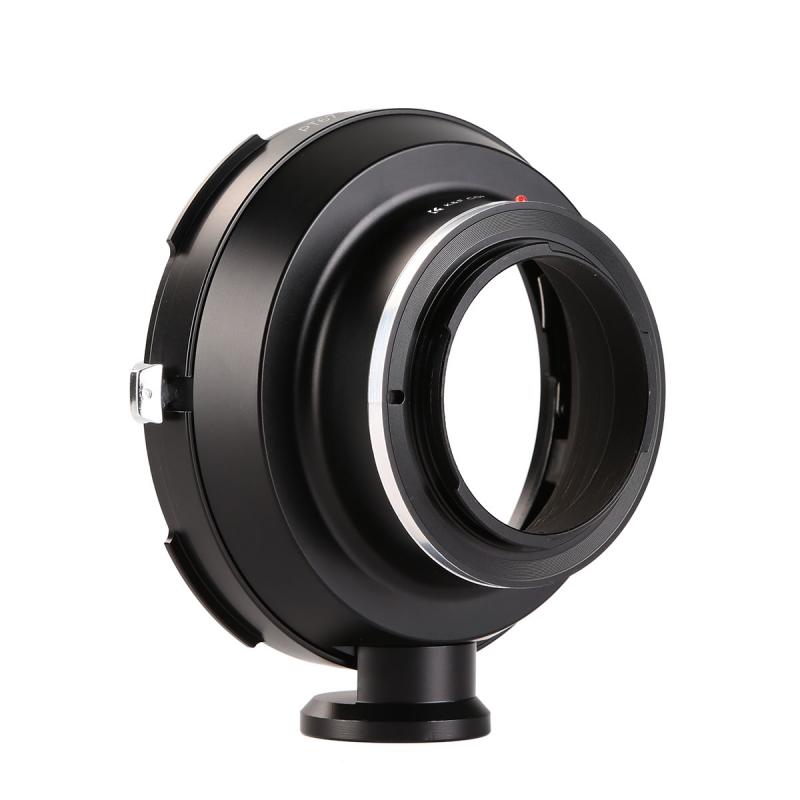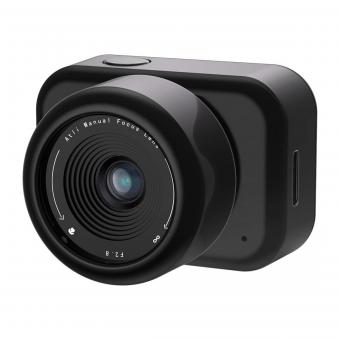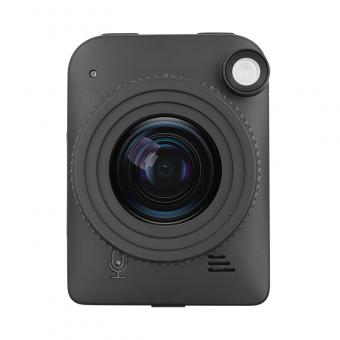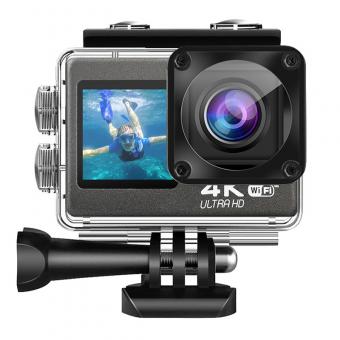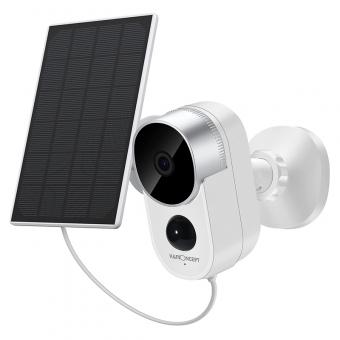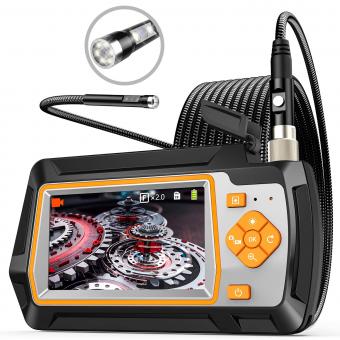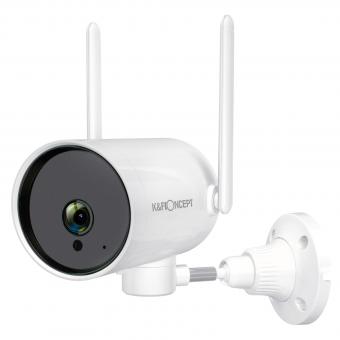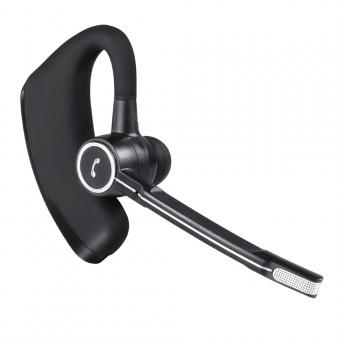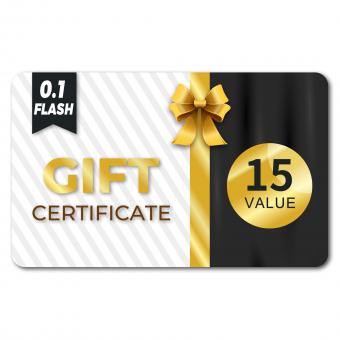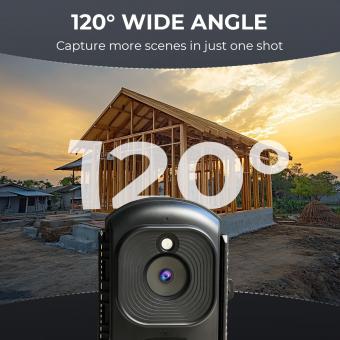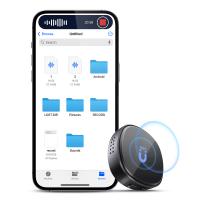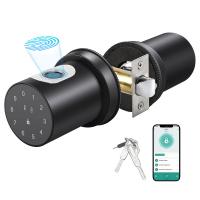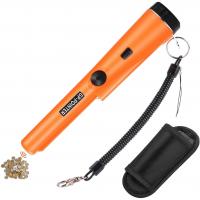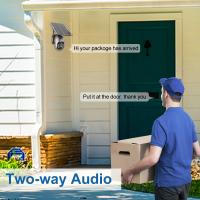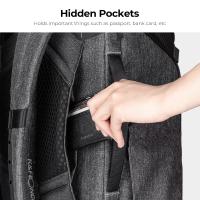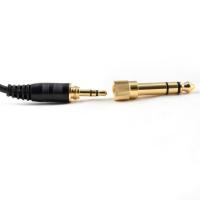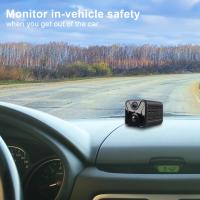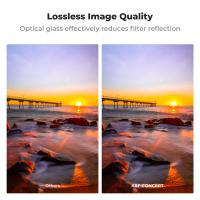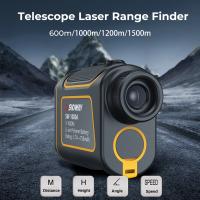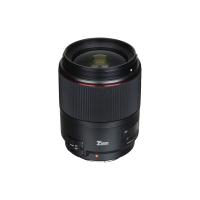What Camera Setup Of For Time Lapse ?
The camera setup for time lapse photography typically involves using a DSLR or mirrorless camera with manual exposure controls. A sturdy tripod is essential to keep the camera steady during the long exposure times. A wide-angle lens is often preferred to capture a larger field of view. To ensure consistent exposure throughout the time lapse sequence, it is recommended to shoot in manual mode and set the aperture, shutter speed, and ISO accordingly. Using an intervalometer or the camera's built-in interval shooting feature allows for automated capturing at regular intervals. It is also important to have sufficient battery power and memory card capacity to accommodate the duration of the time lapse.
1、 Camera Type: DSLR or Mirrorless
When it comes to time-lapse photography, both DSLR and mirrorless cameras can be used effectively. The choice between the two largely depends on personal preference and specific requirements.
DSLR cameras have long been the go-to choice for time-lapse photography due to their versatility and wide range of lens options. They offer excellent image quality, manual controls, and the ability to use external intervalometers for precise time-lapse settings. DSLRs also have larger batteries, which can be advantageous for longer time-lapse sequences.
On the other hand, mirrorless cameras have gained popularity in recent years due to their compact size and advanced features. They offer electronic viewfinders that provide a real-time preview of the time-lapse sequence, making it easier to compose and adjust settings. Mirrorless cameras also tend to have faster burst rates, allowing for smoother time-lapse sequences.
In terms of the latest point of view, mirrorless cameras have been rapidly evolving and are now capable of producing high-quality time-lapse footage. They often come with built-in intervalometers, eliminating the need for external accessories. Additionally, some mirrorless cameras offer in-body image stabilization, which can help reduce camera shake during longer exposures.
Ultimately, the choice between DSLR and mirrorless for time-lapse photography depends on individual preferences and specific shooting requirements. Both camera types have their advantages and can produce stunning time-lapse sequences when paired with the right lenses and accessories.
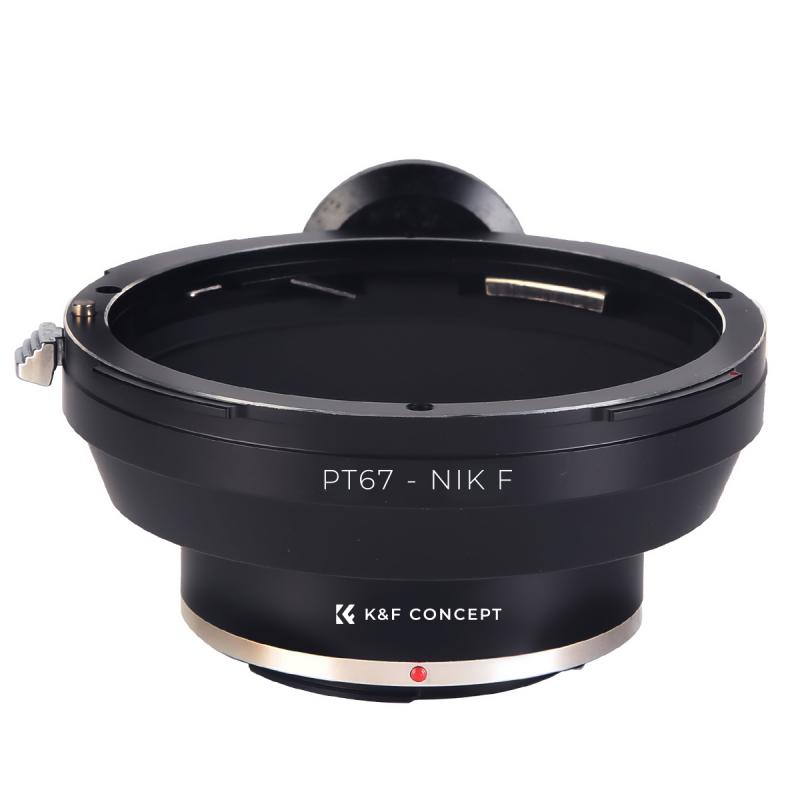
2、 Lens Selection: Wide-angle or telephoto lenses
When it comes to time-lapse photography, the camera setup and lens selection play crucial roles in capturing stunning visuals. The choice between wide-angle and telephoto lenses depends on the desired effect and the subject of the time-lapse.
Wide-angle lenses are commonly used for time-lapse photography as they allow for a broader field of view, capturing more of the scene in a single frame. This is particularly useful when shooting landscapes, cityscapes, or any subject that requires capturing a wide expanse. Wide-angle lenses also tend to have a greater depth of field, ensuring that both the foreground and background are in focus.
On the other hand, telephoto lenses are ideal for capturing distant subjects or compressing the perspective. They are often used for capturing the movement of celestial bodies, such as stars or the moon, as well as for capturing specific details in a scene. Telephoto lenses can create a more intimate and focused effect, isolating the subject from its surroundings.
The latest point of view suggests that a combination of both wide-angle and telephoto lenses can be used to create dynamic time-lapse sequences. By switching between lenses, you can capture different perspectives and add variety to your footage. Additionally, advancements in lens technology, such as image stabilization and improved optics, have made it easier to achieve sharp and high-quality time-lapse images with both wide-angle and telephoto lenses.
Ultimately, the choice between wide-angle and telephoto lenses for time-lapse photography depends on the desired effect and the subject being captured. Experimenting with different lenses and techniques can lead to unique and visually captivating results.
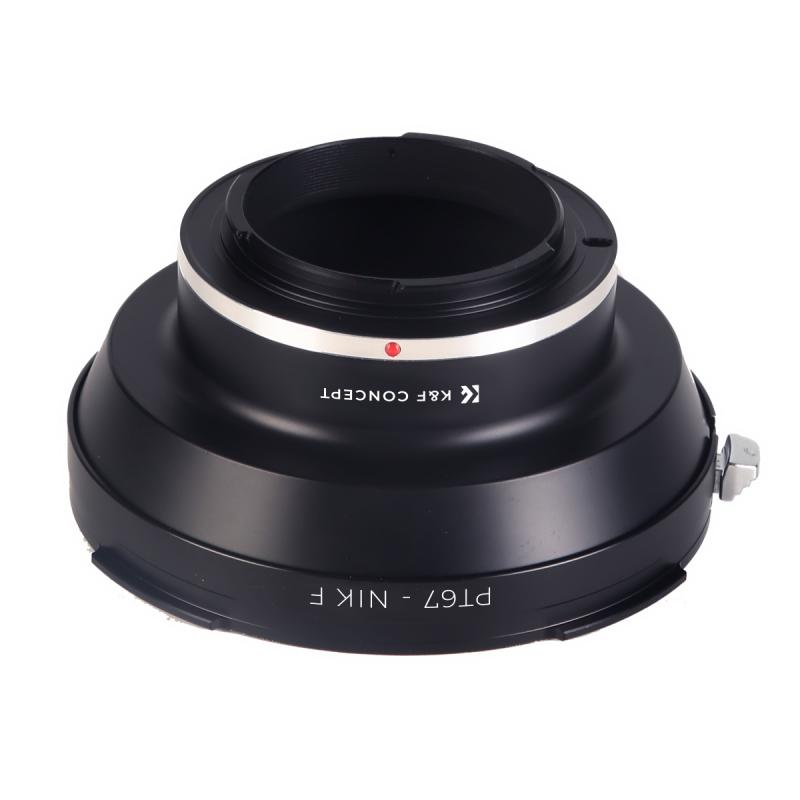
3、 Interval Settings: Determining the time between each frame
When it comes to time-lapse photography, the camera setup and interval settings play a crucial role in capturing stunning sequences of images. The camera setup for time-lapse typically involves a few key components.
Firstly, you will need a camera capable of shooting in manual mode, as this allows you to have full control over the exposure settings. A DSLR or mirrorless camera is often preferred due to their versatility and image quality.
Next, you will need a sturdy tripod to keep the camera stable throughout the entire time-lapse sequence. This is essential to avoid any unwanted camera movement that could ruin the final result.
In terms of lens choice, it depends on the subject and desired effect. Wide-angle lenses are commonly used to capture expansive landscapes or cityscapes, while telephoto lenses can be used to focus on specific details or compress the scene.
Interval settings determine the time between each frame and are crucial for achieving the desired effect. The interval will depend on the subject and the speed at which you want the time-lapse to appear. For example, if you want to capture the movement of clouds, a longer interval of a few seconds between frames may be suitable. On the other hand, if you want to capture a fast-moving subject, such as a bustling city street, a shorter interval of a few seconds or even fractions of a second may be necessary.
It's worth noting that some cameras have built-in intervalometer functions, allowing you to set the interval directly in the camera settings. Alternatively, you can use an external intervalometer or remote shutter release to control the timing between each frame.
In conclusion, the camera setup for time-lapse photography involves a camera capable of manual mode, a sturdy tripod, and a lens suitable for the subject. The interval settings determine the time between each frame and should be adjusted based on the desired effect and subject movement.
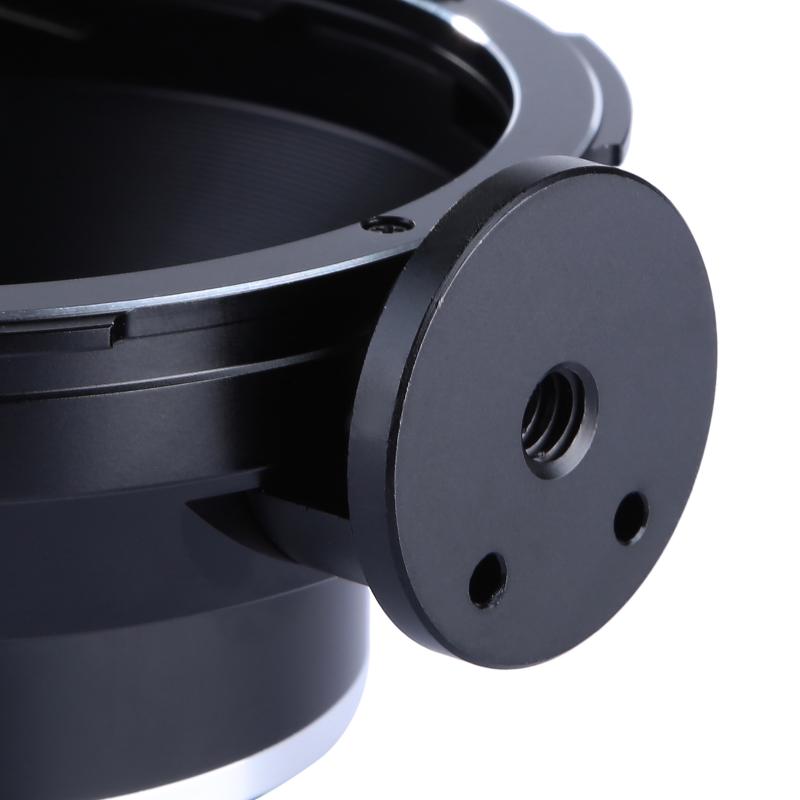
4、 Exposure Settings: Balancing light and capturing desired effects
When it comes to time-lapse photography, the camera setup plays a crucial role in capturing stunning footage. To achieve the desired effects and balance light effectively, there are a few key considerations to keep in mind.
Firstly, selecting the right camera is essential. While any camera can be used for time-lapse, it is recommended to use a DSLR or mirrorless camera that allows manual control over exposure settings. These cameras offer greater flexibility and control, enabling you to adjust settings to capture the desired effects.
In terms of exposure settings, there are a few factors to consider. The aperture setting determines the depth of field and the amount of light entering the camera. For time-lapse, it is generally recommended to use a smaller aperture (higher f-number) to ensure a larger depth of field and sharper images.
Shutter speed is another crucial setting. It determines the amount of time the camera's sensor is exposed to light. For time-lapse, a slower shutter speed is often used to capture motion blur and smooth movement. However, it is important to adjust the shutter speed based on the subject and desired effect. For example, a faster shutter speed may be required for capturing fast-moving subjects.
ISO sensitivity should be set to the lowest possible value to minimize noise in the images. However, in low-light situations, a higher ISO may be necessary to maintain proper exposure.
Lastly, using a tripod is essential to keep the camera stable throughout the time-lapse sequence. This ensures consistent framing and sharp images.
In the latest point of view, advancements in camera technology have made it easier to capture time-lapse footage. Some cameras now offer built-in time-lapse features, allowing you to set the desired interval and duration directly in the camera. Additionally, there are various smartphone apps and external intervalometers available that can be used to control the camera settings and automate the time-lapse process.
Overall, the camera setup for time-lapse photography involves selecting the right camera, adjusting exposure settings, and using a stable tripod. By carefully considering these factors, you can capture stunning time-lapse footage with balanced light and desired effects.
